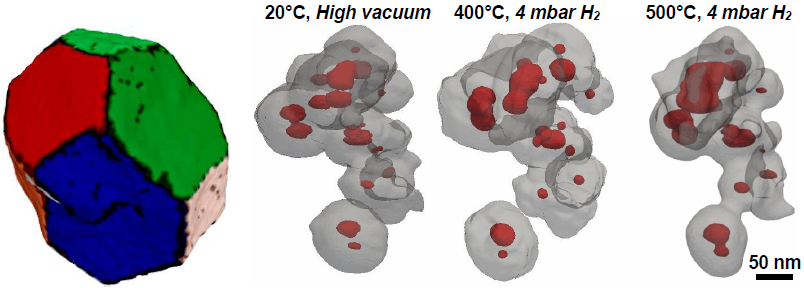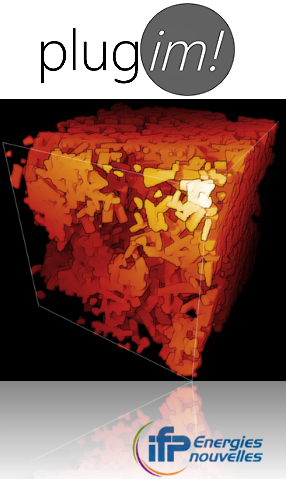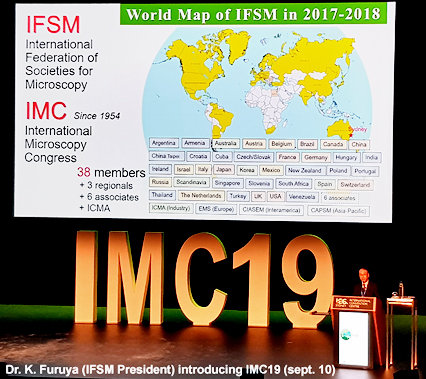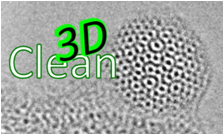 |
3D CataLytic Environmental lAb at the Nanoscale
ANR project n°15-CE09-0009-01 (2015-2019)
Challenge 3 "Industrial Renewal" |
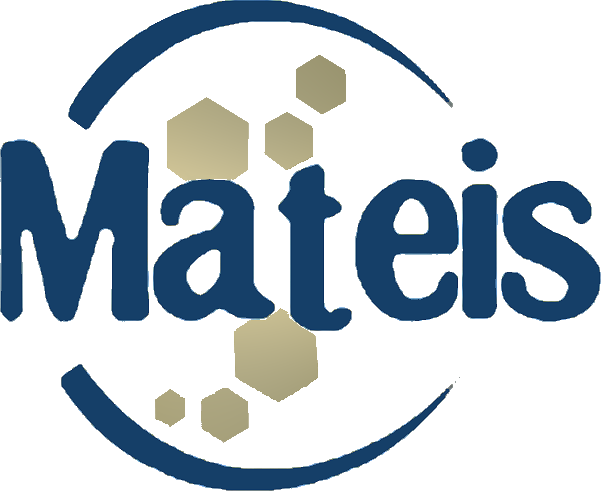 |
 |
 |
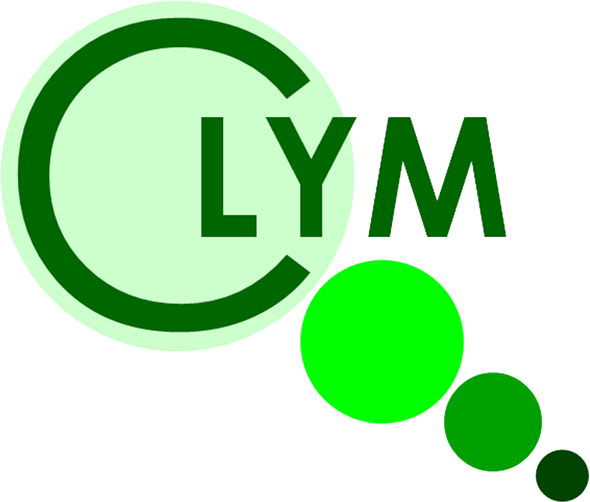 |
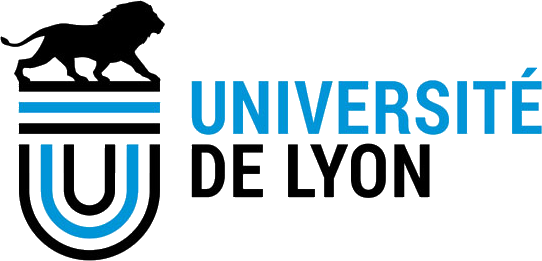 |
 |
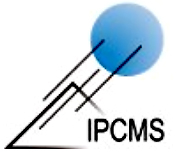 |
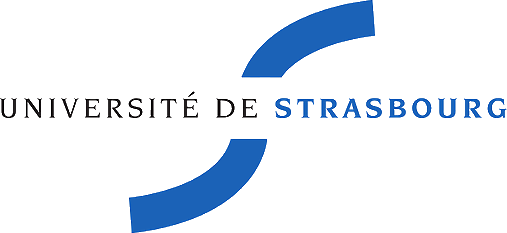 |
 |
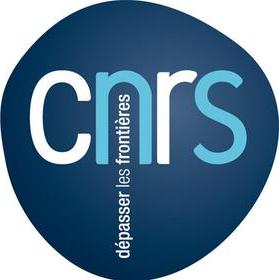 |
| |
HOME | |
Partners |
|
Gallery | Publications | Members |
|
Contact: Thierry EPICIER, thierry.epicier@insa-lyon.fr (updated 2020/06/29) |
|
NEWS
 November 2019 November 2019The 3DCLEAN project has comme to an end and the final report has been sent to the ANR. 3DCLEAN (3D Catalytic Environmental Lab at the Nanoscale) was a Collaborative Research Project (PRC) of 42 months (extended to 48 months) associating the coordinator laboratory MATEIS (Université de Lyon, INSA de Lyon, UCBL Lyon 1, UMR CNRS 5510), IFPEN (centre de recherches de Solaize), IPCMS (Université de Strasbourg, UMR CNRS 7504) and CREATIS (Université de Lyon, INSA de Lyon, UMR CNRS 5220, INSERM U1206, UCBL Lyon 1, UJM St-Etienne). The project concerned an experimental development in environmental electron microscopy applied to heterogeneous catalysis (fundamental research for application purposes). It has started on November, 30 2015 and received an aid from the ANR of 618 488 € for a global cost of about 1 950 k€. It has produced 17 publications (still some in progress), 43 communications in conferences (among them 20 invited ones), 58% of the scientific production do associate at least 2 partners. Illustration: Tomography of Pd@SiO2 catalysts during their dynamic evolution under gas and temperature in Environmental Transmission Electron Microscopy (ETEM). On the left: 3D quantitative analysis of crystallographic facets of the Pd NP (ETEM in a close-cell, IPCMS-CREATIS). On the right: fast in situ tracking of the same Pd@SiO2 aggregate during reduction in a dedicated ETEM (MATEIS-IFPEN).  November 2018 November 20183DCLEAN Semestrial meeting to be held in Strabsourg, November 22. Link to the the internal signal and image processing platform from IFPEN: www.plugim.fr.  October 2018 October 2018ChemCatChem cover based on the paper by K. Dembélé, M. Bahri, G. Melinte, C. Hirlimann, A. Berliet, S. Maury, A-S. Gay, O. Ersen, Insight by In Situ Gas Electron Microscopy on the Thermal Behaviour and Surface Reactivity of Cobalt Nanoparticles, ChemCatChem 18/2018, https://doi.org/10.1002/cctc.201801445. 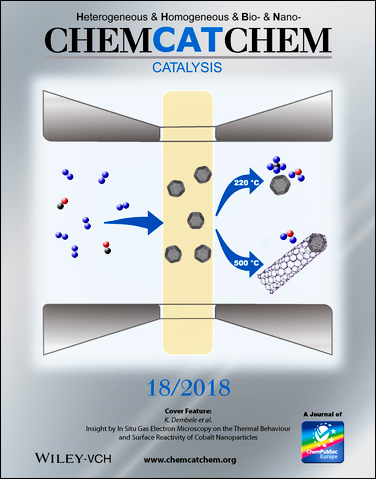  September 2018 September 2018Back from Australia to attend the International Congress of Microscopy IMC19: 9-14 September in Sydney, where several contributions were presented of works performed in relation with 3DCLEAN: - H. BANJAK et al., CREATIS (+ MATEIS): "Deep Neural Network for Iterative Image Reconstruction with Application to Fast Environmental Transmission Electron Tomography" - T. EPICIER et al., MATEIS (+ CREATIS): "A robust method to acquire tilt series in a few seconds for Fast Operando NanoTomography in ETEM" - C. HIRLIMANN et al., (IPCMS + IFPen + CREATIS): "Combining environmental gas TEM and electron tomography" - T. EPICIER (M. BAHRI) et al., MATEIS (+ IPCMS + IFPen): "Gaseous Environmental TEM: a complementary study of nanocatalysts using a combined dedicated ETEM vs E-cell approach" 
 February 2018 February 2018Special Issue "Environmental Electron Microscopy", J. of Microscopy, RMS, Wiley 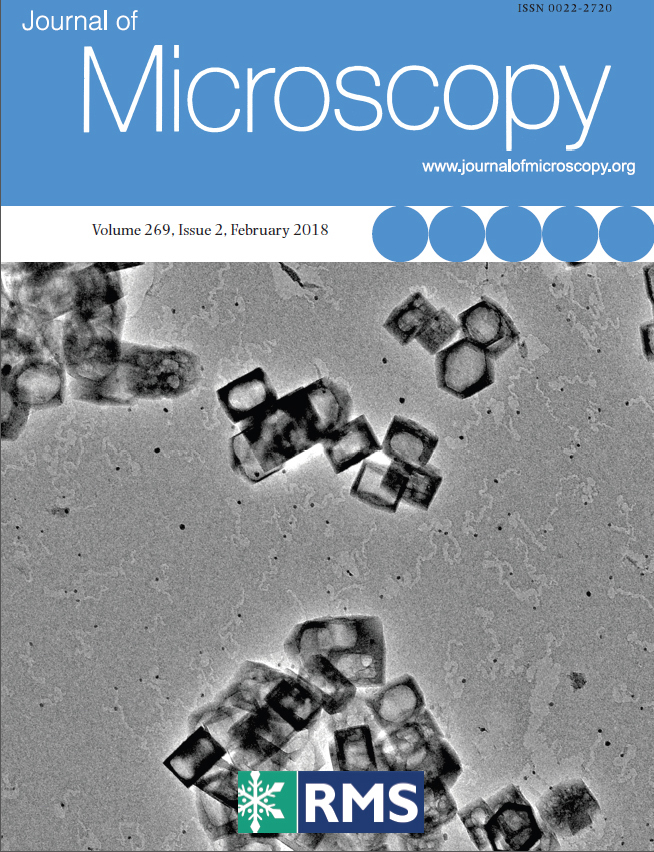 Two contributions from members of the 3DCLEAN project (respectively MATEIS - cover - and IPCMS)  October 2017 October 2017Project focus on AXELERA web site 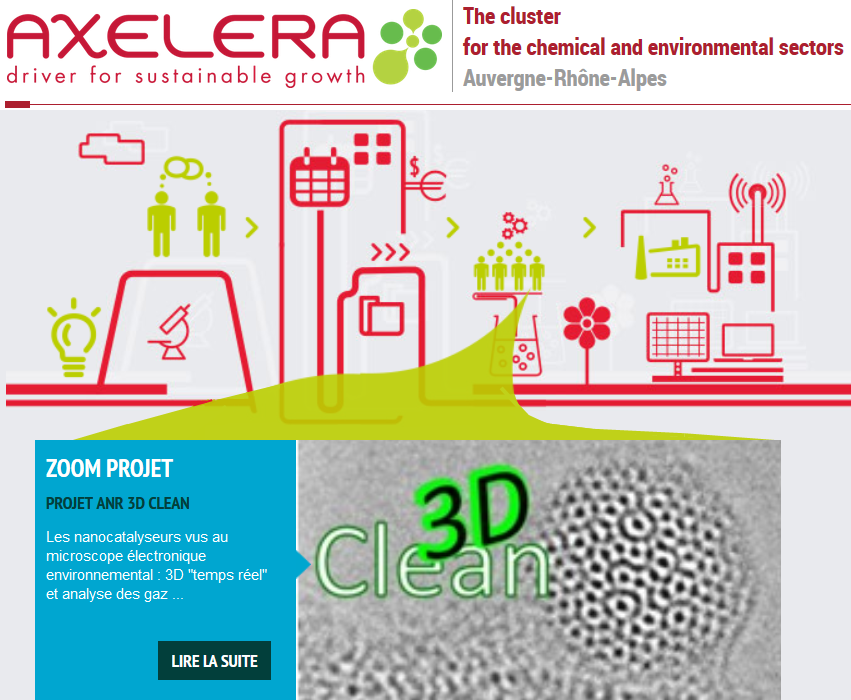 Nanocatalysts in Environnemental TEM: analysis of gases and 'real time 3D'  December 2016 December 2016(CNRS DEFI 2016), O. ERSEN, T. EPICIER and D. ALLOYEAU 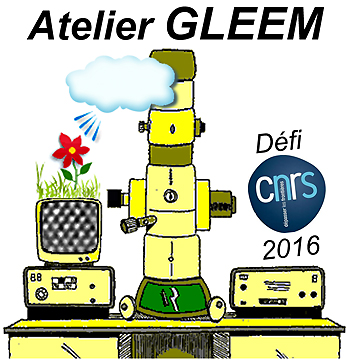 100 participants met at the Michel-Ange site of the CNRS (Paris) to discuss about Environmental Electron Microscopy. |
|
SUMMARY
In the context of the energetic transition, eco-friendly industrial strategy, sustainable growth and renewable energies, new catalysts are required in order to accelerate or guide reactions allowing more compounds to be industrially produced in a faster, purer, cleaner and less expensive way. Thus, in situ operando techniques are more and more requested to promote an efficient research and a better understanding of specific catalytic systems. The project 3DCLEAN will be conducted over 3 and a half years (42 months): it intends to develop new combined in-situ Transmission Electron Microscopy (TEM) approaches for dynamic investigations of complex heterogeneous catalysts under environmental conditions in 3D and/or at atomic resolution. Environmental Electron Microscopy techniques are now available, either in a dedicated Environmental TEM (ETEM), or in a High Pressure Environmental Cell (HPEC) hich can fit any TEM. In this context we aim at promoting new innovative experiments in a synergetic strategy combining complementary equipments available by the partners: a unique aberration-corrected ETEM installed in France (CLYM Lyon) and the first HPEC delivered in Europe at IPCMS Strasbourg. These experiments consist in (i) in situ fast tomography of ongoing reactions under gas pressure and temperature as permitted in an ETEM (optimized through adequate image processing and analysis), (ii) quantitative spectrometric analysis of gas reaction products during in situ catalysis (Residual Gas Analysis system coupled to the HPEC). 3DCLEAN focuses on heterogeneous catalysis with the ambition to overcome existing scientific barriers in order to achieve innovations that can be used by industry. Rather than industrial catalysts, this task involves model systems which enable to vary parameters one by one (size or shape of nanoparticles (NPs), texture and nature of the support). Systems of high industrial and economical interest will be studied with common objectives: follow the evolution of the nano-catalysts in real time inside the microscopes from both the point of view of structural, morphological and chemical changes (down to the nanometric range, which means directly at the scale of the nanoparticle size, and even at atomic resolution) and quantitative analysis of the gaseous reactants. The experiments planed in the project are challenging; lots of assumptions exist concerning catalyst deactivation: sintering of particles, surface reconstruction, coking, surface oxidation by water produced during the reaction. Following the evolution in the two systems described previously directly during reactions in the microscope should bring valuable information and open new perspectives in terms of developing optimized systems through a better comprehension of elementary but complex processes. In this respect we have constituted a pluridisciplinary consortium of four partners having the recognized expertise to cover the major aspects of the study in science of catalysis (IFPEN), electron microscopy (MATEIS-CLYM and IPCMS) and image analysis (CREATIS).  |


